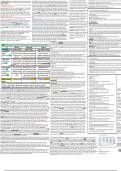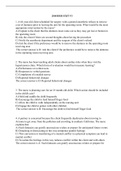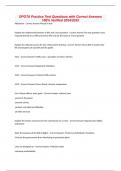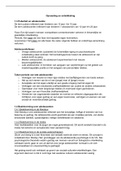Resume
Summary Entrepreneurial Finance - Cheatsheet - Prof. Mariathasan - 2024
- Cours
- Entrepeneurial Finance
- Établissement
- Katholieke Universiteit Leuven (KU Leuven)
Single page cheatsheet for Entrepreneurial Finance, covering chapters 1 through 13. Course taught by Prof. Mariathasan. Includes MUCH MORE text than any other cheatsheet available.
[Montrer plus]












